Table of contents of the article
ToggleGuava anthracnose is a fungal disease that threatens guava production and negatively affects the quality of the crop. And in this article on your site botanist WORLD of PLANTS, we will review how to identify this disease, methods of prevention and treatment to ensure the health and productivity of the guava tree.
Symptoms of guava anthracnose disease
- English name: Guava Anthracnose
- Scientific name: Colletotrichum glyosporioides gloeosporioides Colletotrichum
- Type of diseaseFungal disease :
- Family: الكبيبات Glomerellaceae
Anthracnose can affect the leaves, stems and fruits of guava plants. On the leaves, they appear as irregular brown or black spots that may gather and cause leaf blight or leaf shedding. On the stems, the fungus can cause bedsores, death and leg girdling. On the fruits, the disease initially manifests itself in the form of small dark sunken spots that gradually swell and pink spore masses develop in the center. Infected fruits may wither, mummify and fall off prematurely.

![Diseases of guava - botanist Colletotrichum gloeosporioides (COLLGL)[صور] | قاعدة بيانات EPPO العالمية](https://worldofplants.ai/wp-content/uploads/2024/05/colletotrichum-gloeosporioides-collgl-or.jpeg)
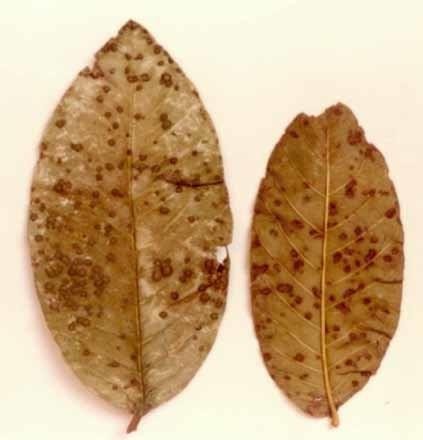
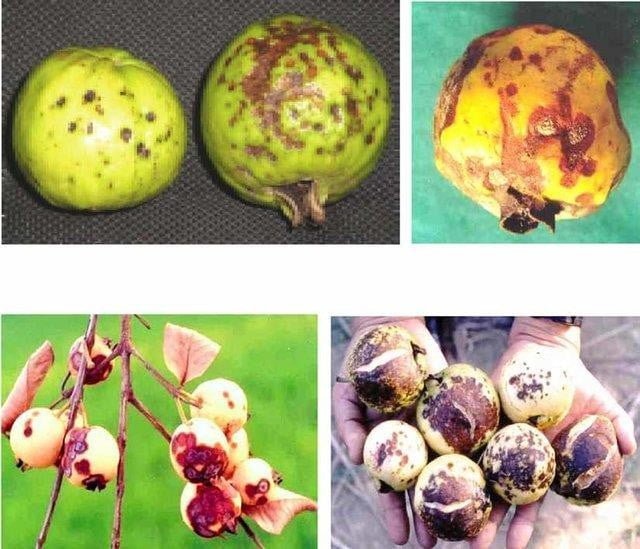
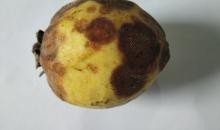
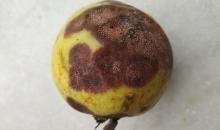
Causes of guava anthracnose disease
Guava anthracnose is produced by the fungus gloeosporioides Colletotrichum, which can survive on plant debris and infect a wide range of hosts.
Conditions for the spread of guava anthracnose disease
Anthracnose prefers warm and humid conditions with temperatures between 68 degrees Fahrenheit and 86 degrees Fahrenheit 20( Celsius and 30 degrees Celsius) and frequent rainfall or top irrigation. The fungus produces spores (conidia) that can be spread by wind, rain, or water spray.
Guava anthracnose disease course
Anthracnose mushrooms can overwinter as dormant fungi or appressoria (,) acervuli survival structures on the remains of infected plants or on the bark of guava trees. In spring, when temperatures and humidity levels are favorable, the fungus produces spores that can start a new infection on leaves, stems or fruits. The disease cycle continues throughout the growing season as long as the right conditions persist.
Losses of guava anthracnose disease
Severe anthracnose infection can lead to significant leaf shedding, fruit rot and low yields. The disease can also weaken plants, making them more vulnerable to other pathogens and environmental stresses.
Guava anthracnose Disease Control Strategy
An integrated approach involving cultural practices, pruning and fungicide applications is recommended for the management of guava anthracnose.
Preventive measures for guava anthracnose disease
Remove and destroy the remains of infected plants, prune and discard diseased branches, ensure good air circulation in the orchard.
Organic / chemical control of guava anthracnose disease
For organic control, it can be copper-based fungicides (such as copper hydroxide and copper sulfate) or biological control agents such as spp .Trichoderma is effective when applied prophylactically. Chemical fungicides containing active ingredients such as azoxystrobin, peraclostrobin or difenoconazole can also be used according to the label instructions.
In conclusion, we would like to note that we, at the world of plants website, offer you all the necessary services in the world of plants, we provide all farmers and those interested in plants with three main services::-
- Artificial intelligence consulting service to help you identify diseases that affect plants and how to deal with them.
- Blog about plants, plant diseases and care of various crops ... You are currently browsing one of her articles right now.
- An application that provides agricultural consultations to clients, as well as a service for imaging diseases and knowing their treatment for free – Click to download the Android version from Google Play Store، Click to download the IOS version from the Apple App Store.
References
Anthracnose – vnrnursery
Anthracnose of guava – eppo
Guava Wilt Disease (Nalanthamala psidii) – invasive




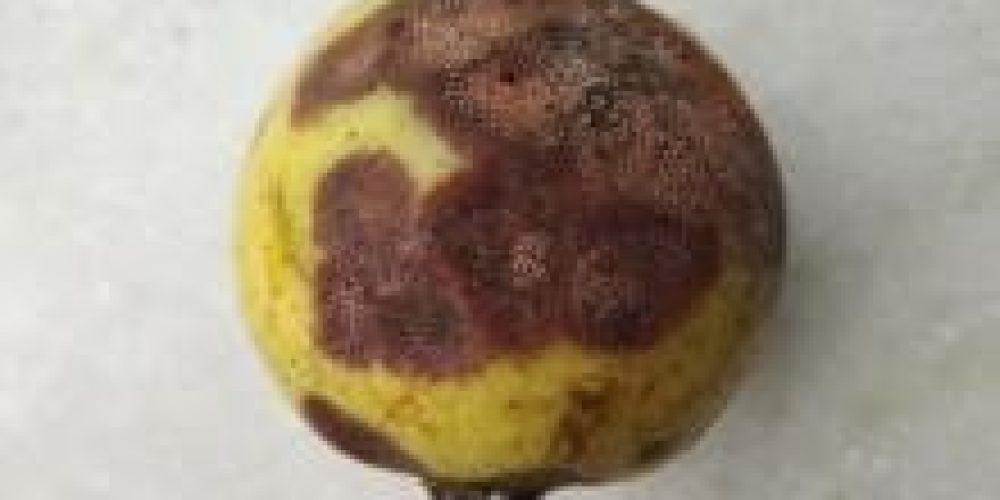
2 Comments
If humans eat guava that is affected by Guava anthracnose, what happens?
Anthracnose is caused by the fungus Colletotrichum gloeosporioides
Anthracnose is the most common disease affecting both pre- and post-harvest guava trees. This disease can cause significant post-harvest losses and can affect flowers and developing fruits. It has been reported in all guava growing regions worldwide where there is high rainfall and humidity.
Symptoms of this disease are observed on the ripening fruits on the tree. The characteristic symptoms consist of sunken spots
of dark color. Under humid conditions, the depressed spots become covered with pink spore masses. As the disease progresses, the small sunken pits coalesce to form large depressed pits that affect the fruit tissue.